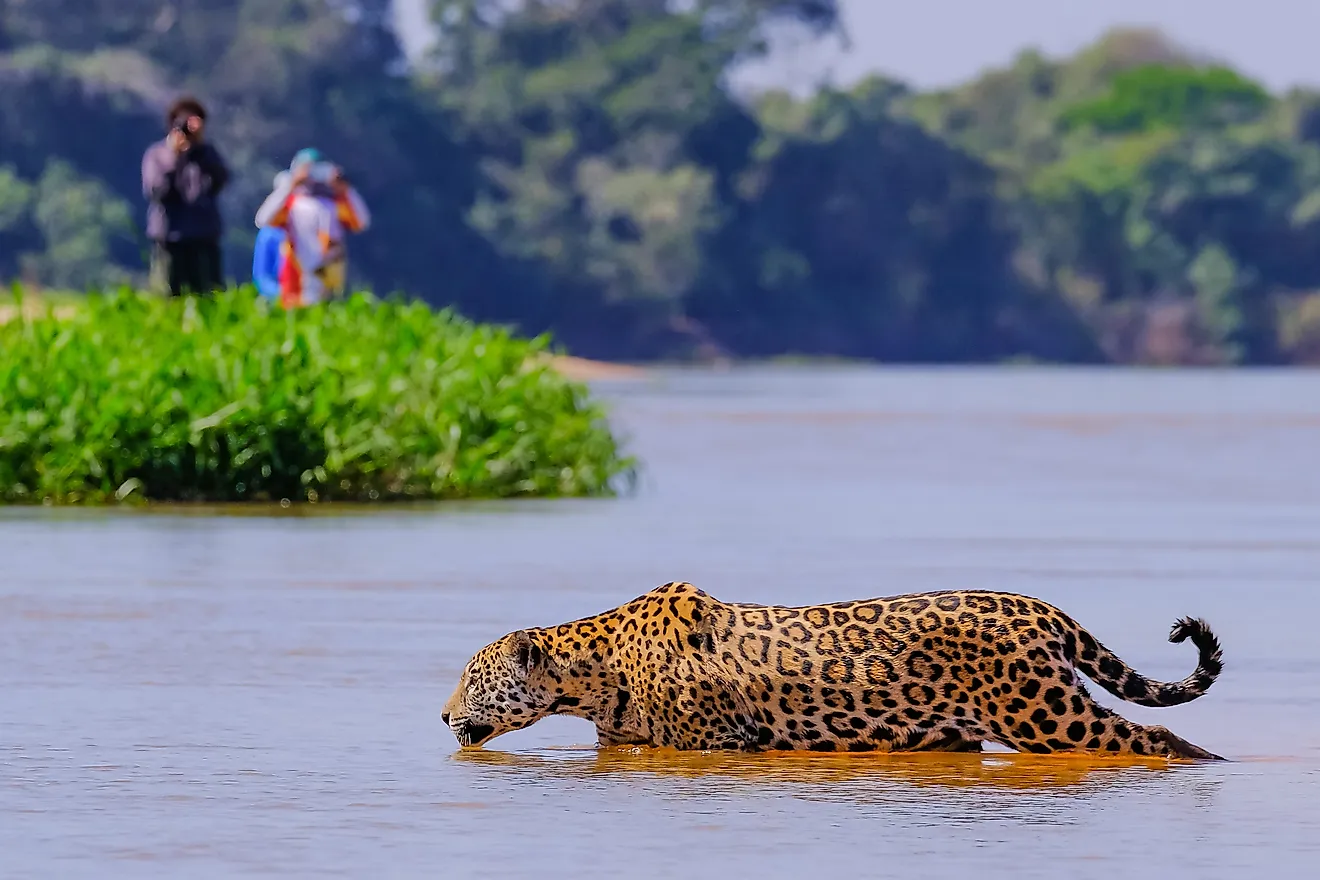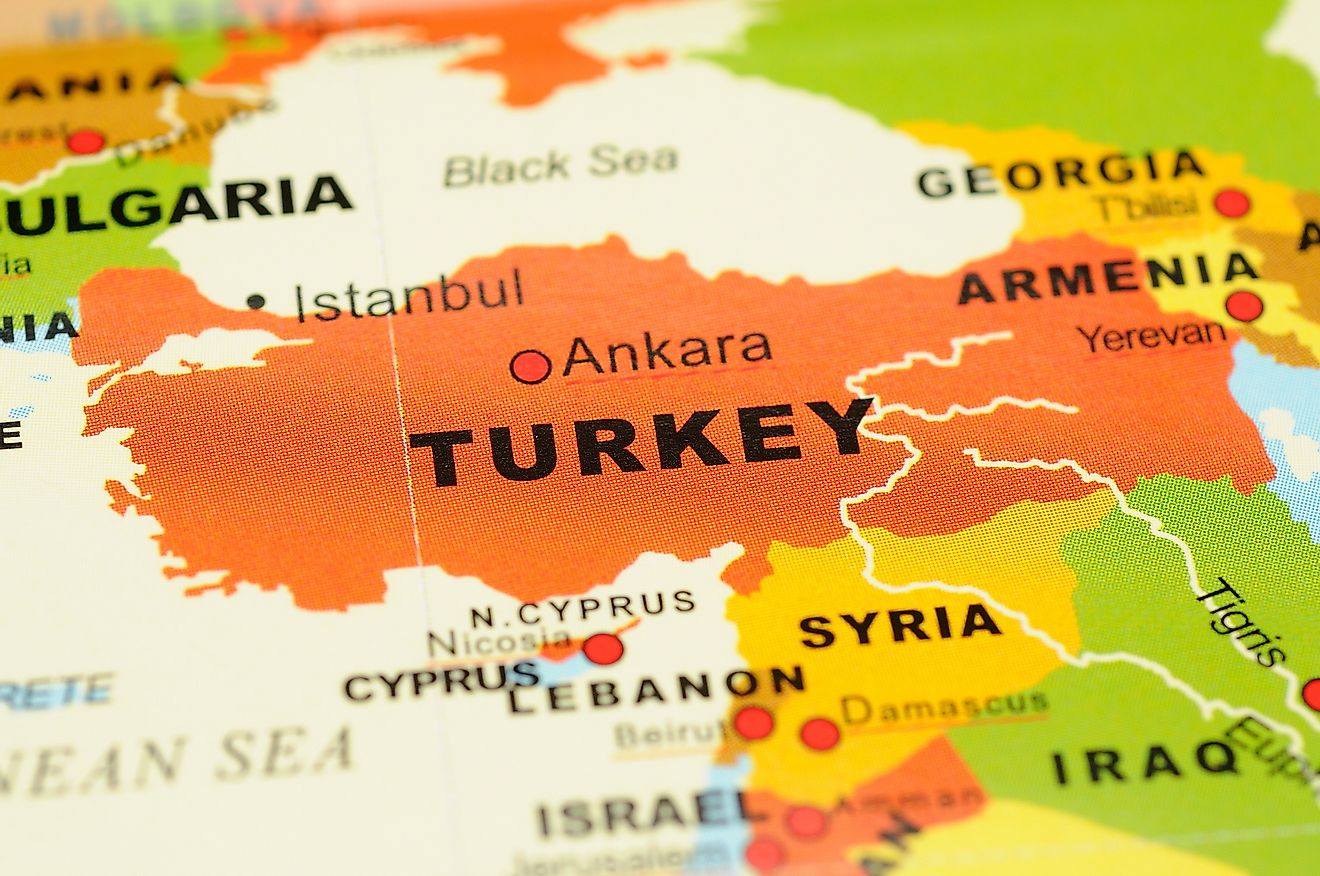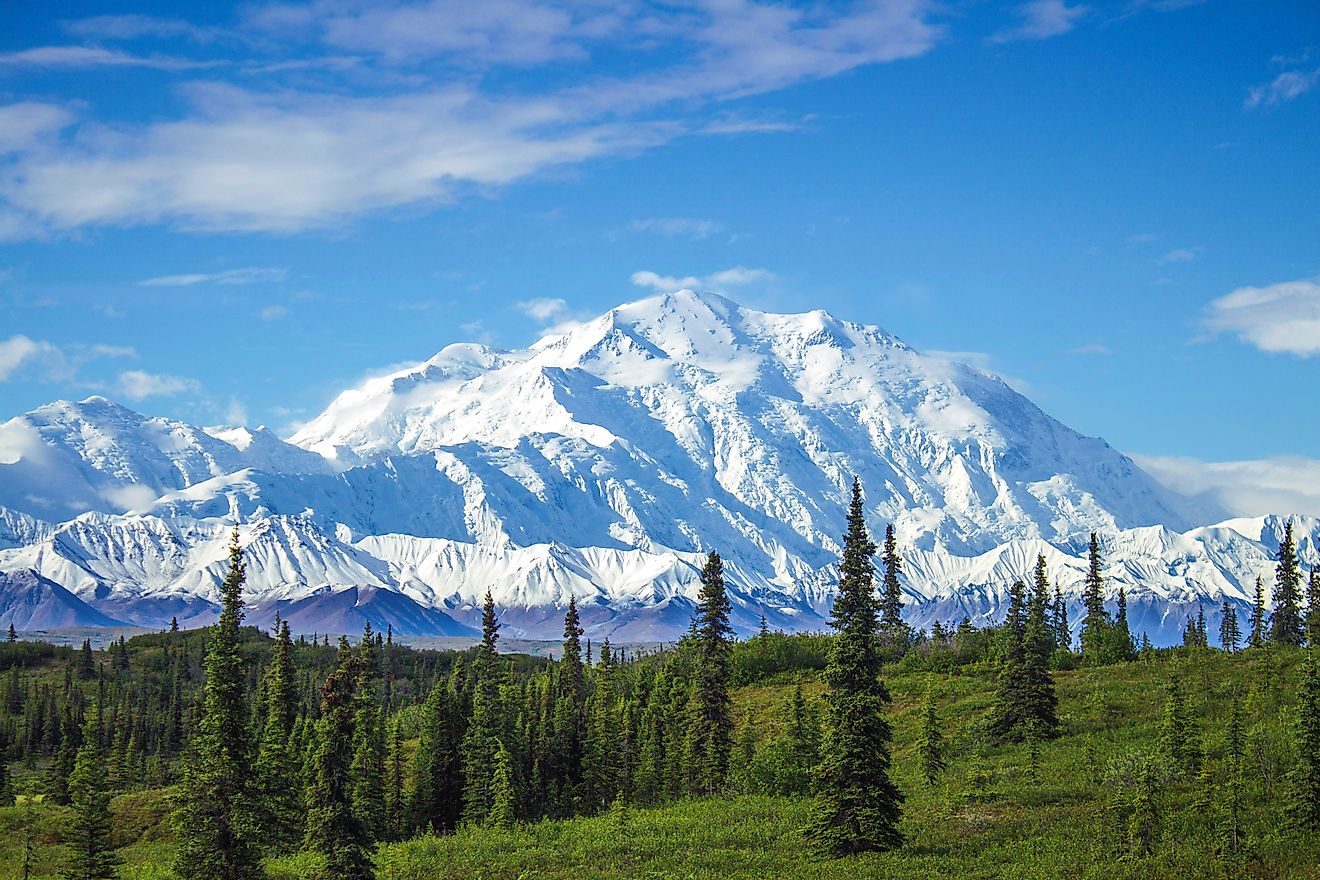The Arabian Desert
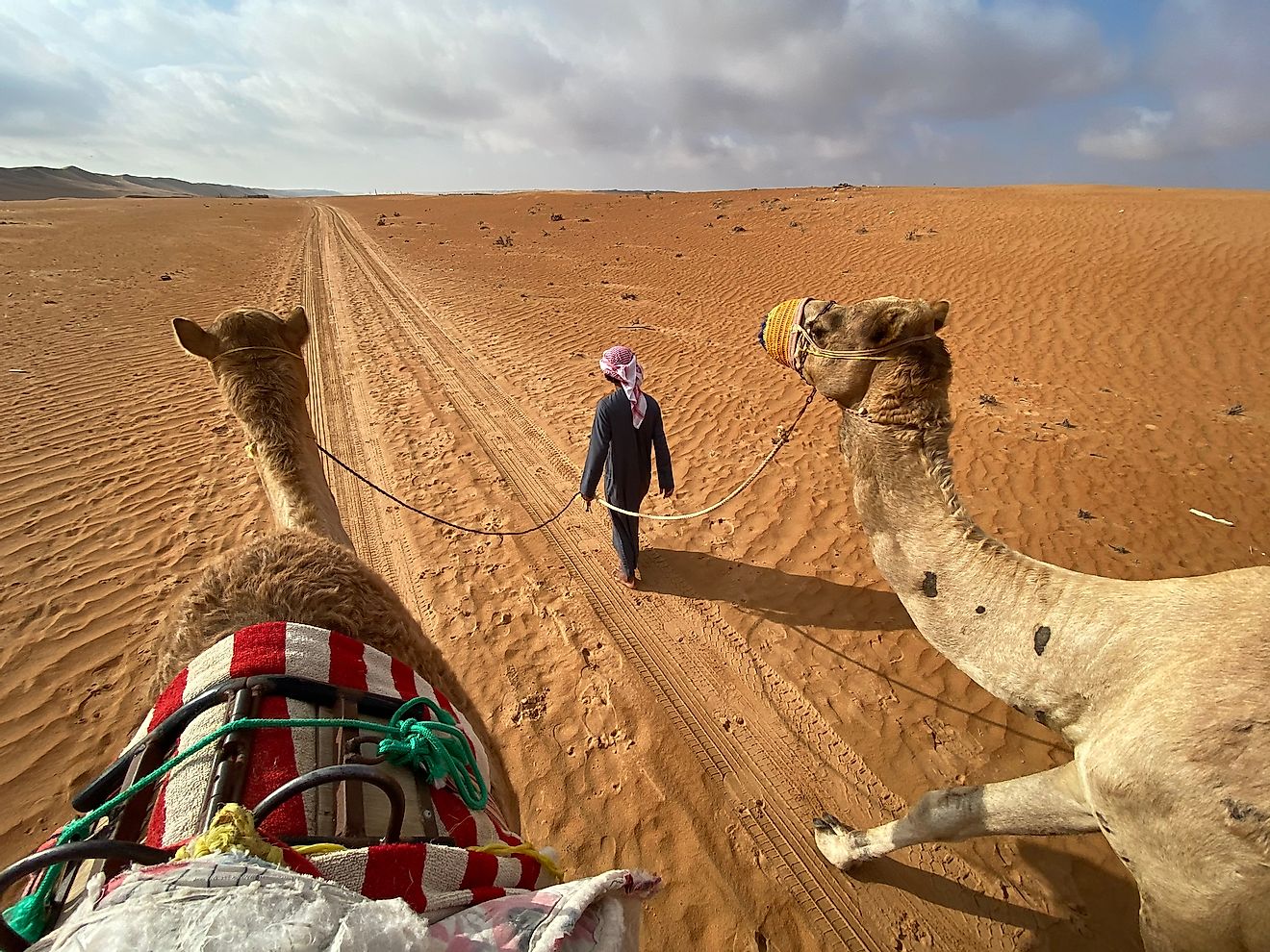
The second-largest desert in the world, The Arabian Desert, covers most of the Arabian Peninsula in the extreme south-western corner of Asia. Stretching roughly 900,000 square miles (2,300,000 square km), 1,305 miles long by 684 miles wide, the desert is situated in the subtropical region of the world.
Content:
- Aerial View Of The Desert
- Surrounding The Desert
- Relief
- Climate
- Plants
- Animals
- Human History
- Environmental Grievances
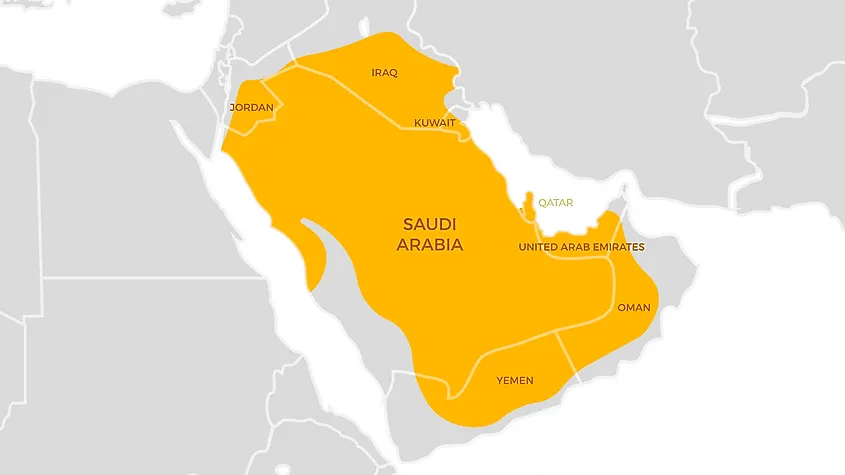
The Arabian Desert occupies nine countries, including all of Qatar and Kuwait, most of the United Arab Emirates to the west, as well as the grandest landmass on the peninsula, Saudi Arabia. It also covers half of Jordan and Iraq in the north, of Oman and Yemen in the south, and even a tiny portion of Iran.
Aerial View
The center of the Arabian Desert, Rub’al-Khali, spreads across the Arabian shelf in a south-west to the north-east axis to form the largest continuous sand area on Earth. Ad-Dahna Desert is a sandy corridor that connects the An-Nafud Desert in the north of Saudi Arabia to the Rub’ Al-Khali Desert in the south-east of Saudi Arabia. From the air, the Arabian Desert appears as a vast piece of light sand-coloured land with Umm al Samim quicksands, lava flows, and red desert dunes, wandered by camels in search of the few and far between watering spots.
Surrounding the Desert
Since the Arabian Desert occupies most of the Arabian Peninsula, it is almost entirely surrounded by water. With the Red Sea to the west, the Persian Gulf to the east, the Arabian Sea in the south-east, and occasional mountainous regions, there is always wind zigzagging through the desert. This constant breeze comes from the Mediterranean Sea north of Israel and enters the desert through Jordan. The northern portion of the Arabian Desert transitions into the Syrian Desert, which sprawls Iraq and Syria. By some books, the Arabian Desert is also considered to be the extension of the Saharan Desert in Africa.
Relief
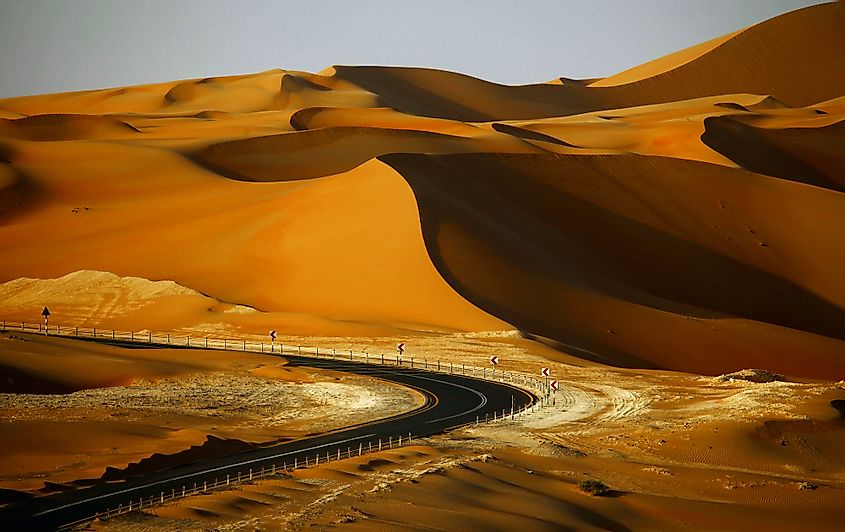
Five to six million years ago, the Arabian Peninsula was part of the African continent, having separated when the drift occurred in the Earth's tectonic plates. Following the separation of the landmasses, mountain ranges appeared from the oceanic debris and cliffs from faulting. The highest point of the desert is the al-Nabi Shu’ayb mountain, standing in Yemen at 12,336 feet (3,660 m). Another high point is Mount Al-Lawz at 8,464 feet (1,622 m) in north-western Saudi Arabia.
A breathtaking cliff, formed from faulting and erosion, extends for 600 miles (966 km) from Yemen to Saudi Arabia, where the elevation drops suddenly from 3,300 to 300 feet 1006 to 91.5 m). The majority of the desert, including the entire north-eastern portion of the Peninsula, is relatively level, featuring broad plains, and covered by sand in at least a third of the total area.
Climate
Summer temperatures can reach 130 degrees F (54 degrees C) of dry heat in the interior and high humidity near the coasts and highlands. The driest environment is northwest of the center and deep south, capable of producing mirages through air distortion. Highlands and the north regions are also subject to cold winters, having dipped to 10 degrees F (-12 degrees C) in 1950 near the Ṭurayf on the Trans-Arabian Pipeline.
The Arabian Desert is well-known for Shamals: the windy seasons that occur twice a year and last for about 40 days during the first two months of the winter season, and on the cusp of spring transitioning into summer. Shamals can be as powerful as 30 miles (50 km) per hour, transporting millions tons of sand and dust. Blowing from all directions, the desert winds constantly alter the patterns of the sand dunes.
Plants of the Desert
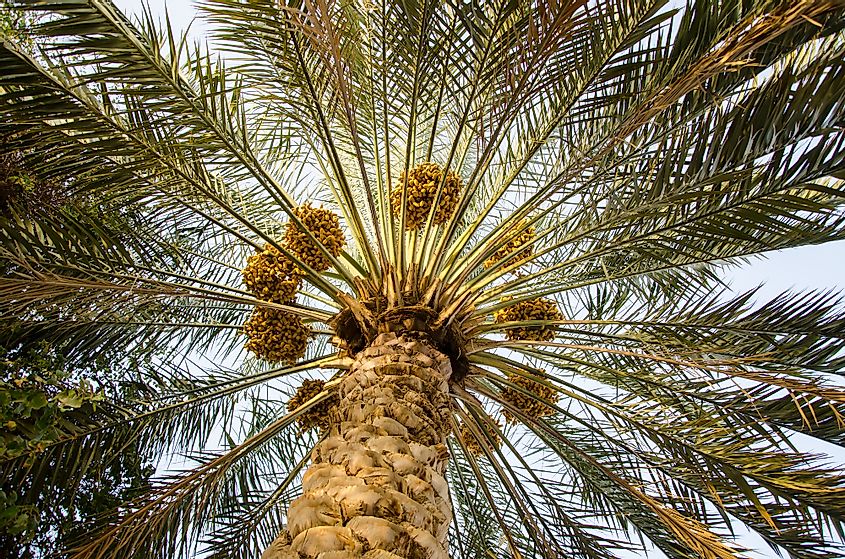
The natural location and the relief contribute most to the desert-like conditions, unsuitable for many plants and animals to thrive. Since weather changes suddenly in the Arabian Desert day to night, as well as seasonally, only those adapted to such conditions, do well.
Acacia, with long sharp roots that hold in the water and absorb nutrients from deep within, is the one fauna that thrives in the dry desert environment of the Arabia. Date palms with edible fruit are the most common sight, growing around small scattered ponds with a fibrous root system that absorbs nutrients. Desert roses bloom only when the sun has been out for many consecutive days in the summer.
Strong-wooded Ghaf trees, Caper Plants with beautiful flowers, Juniper trees that feed birds and animals on their fruit, as well as the quickly-regenerating alfalfa, all survive on very little water.
Animals Of The Arabian Desert
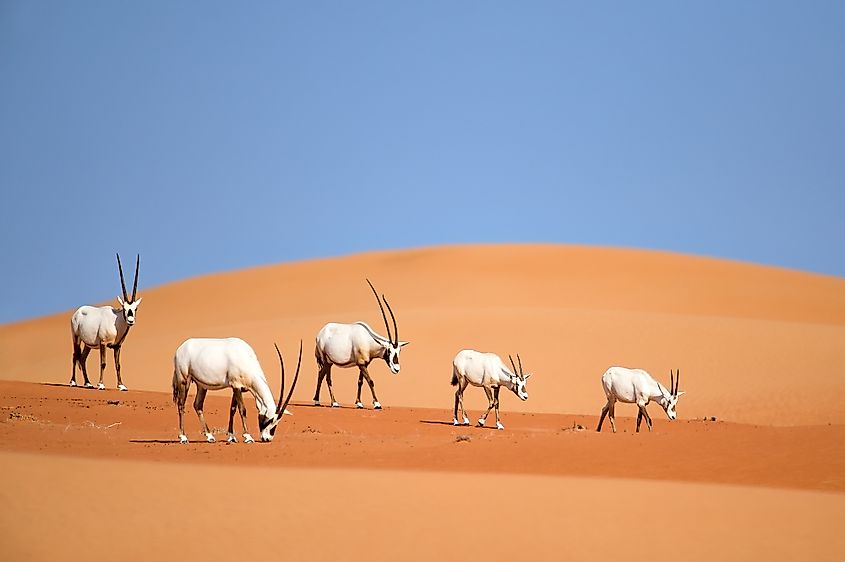
Aside from camels dominating the arid and semi-bush areas of the desert, Cape Hares, Sand cats, Striped Hyenas, red foxes, caracals (wild cat specie), as well as Arabian wolves can be sighted.
Perhaps scarier than sighting a wolf or a caracal from the distance, would be coming across the Egyptian giant sopulgid, also known as the huge camel spider (Galeodes arabs), that grows up to 6 inches long and can move with human speed. Aside from chance scorpions, other common insects are pretty harmless.
Speaking of danger, cobras and horned vipers are the most threatening reptiles to come across, although a chance of sighting a representative is quite low. Other reptiles include geckos and over one hundred lizard species of the region. While geckos compose the largest population, it is the 2 feet long and 10 pound hefty lizard, the Egyptian uromastyx that one will see from far. As harmless herbivores, they are prayed on by the larger animals.
Although not from the area, vultures, buzzards and falcons, fly over the desert, with the fast and agile Lanner falcon (Falco biarmicus), being one of the oldest members of the specie. For the bird-watchers, the light grey-bodied Namaqua dove (Oena capensis) with a black face, neck, and chest is easily identifiable in the skies.
Human History
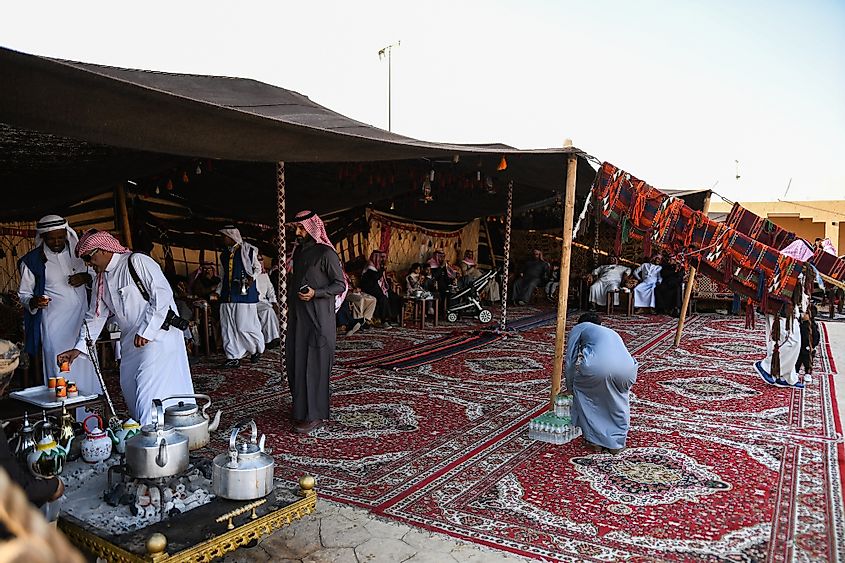
Ground and polished stone weapons and other artifacts of early tool usage found mainly on the territories of Dubai, Qatar, and the south-western Rub al-Khali, confirm early human presence in the Arabian Desert, dating back to Pleistocene times, around 2.6 million years ago. The Saudi government also sponsored archaeological research that uncovered various cultures living in the region for the past 3,000 years.
In the last few centuries, the most known residents of the Arabian Desert have been the Bedouins, traversing the sands or living in established settlements. They breed camels, sheep, and horses, as well as grow date palms and other crops for commerce, usually through hired labor. On top of joint long-distance commercial activities, the nomads and the settled populations engage with each other through cultural rituals, including poetry exchange and religious observations. In the past, the tribal Bedouins would claim certain region as their own (dirah), but these became less common with the establishment of new international borders. Assaults during territorial disputes have also been outlawed in 1925, with the government encouraging each tribe to find permanent oases.
Today, with many Bedouins moving to urban areas, the political importance of Bedouin tribes has declined, although marriages are still almost always exclusive to their own tribes. To keep the nomadic life an option, many have chosen to settle on the outskirts of the desert, in villages.
With the discovery of petroleum in 1936, Bedouins' lives have also advanced with the utilization of modern transportation, including airplanes, communication through telephone, and watching television. Trucks have become their main mode of transportation for goods, as well as enabled the Bedouin population to actively engage in education and social services. In their day-to-day lives, the women usually stay at home with the children, while men seek work, often being away for long periods of time. Many also serve in the military.
Environmental Grievances
Already prone to heat and dryness, studies show that climate change exacerbates the problem significantly in the sensitive desert environment, by expanding desertification further. The effects of the waning vegetation and water supply from excessive heat, quickly multiplies to an irreversible process.
Scientists believe that deserts are exemplary at showing the effect of greenhouse gas emissions on the world, due to their vulnerable environmental conditions. Being innately void of luxurious greenery and with only a limited supply of water, makes the Arabian Desert, along with others, prone to severe dryness. One of the main indicators, the water vapor feedback, has been much higher, causing the deserts to become hotter and drier for the last few decades. Consequently, this affects other regions of the world, either through excessive heat of the nearby regions, or monsoons on the other sides of the continent.
